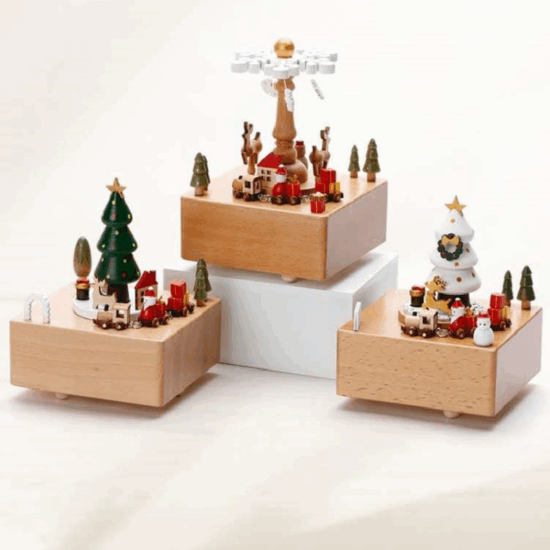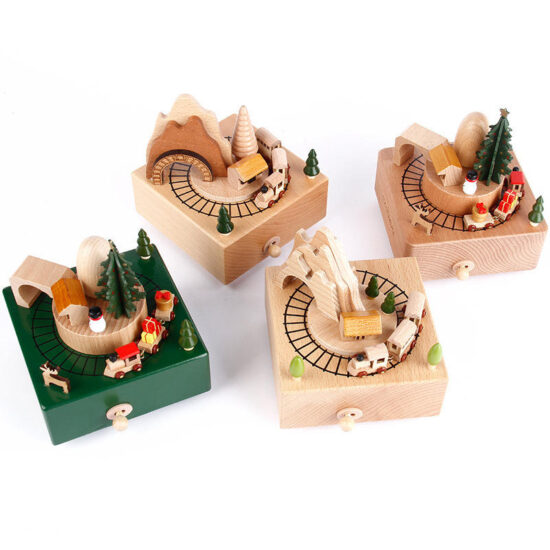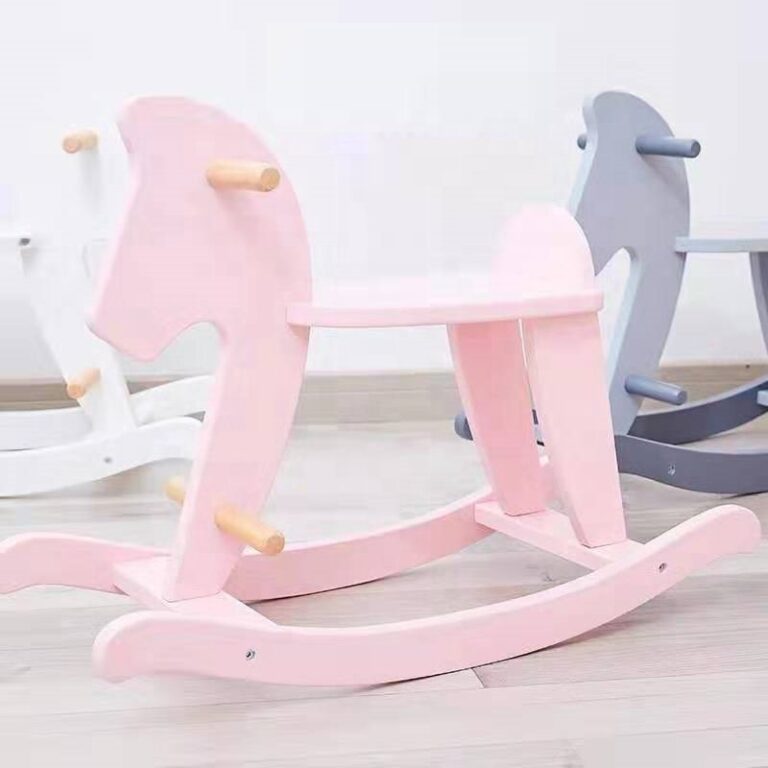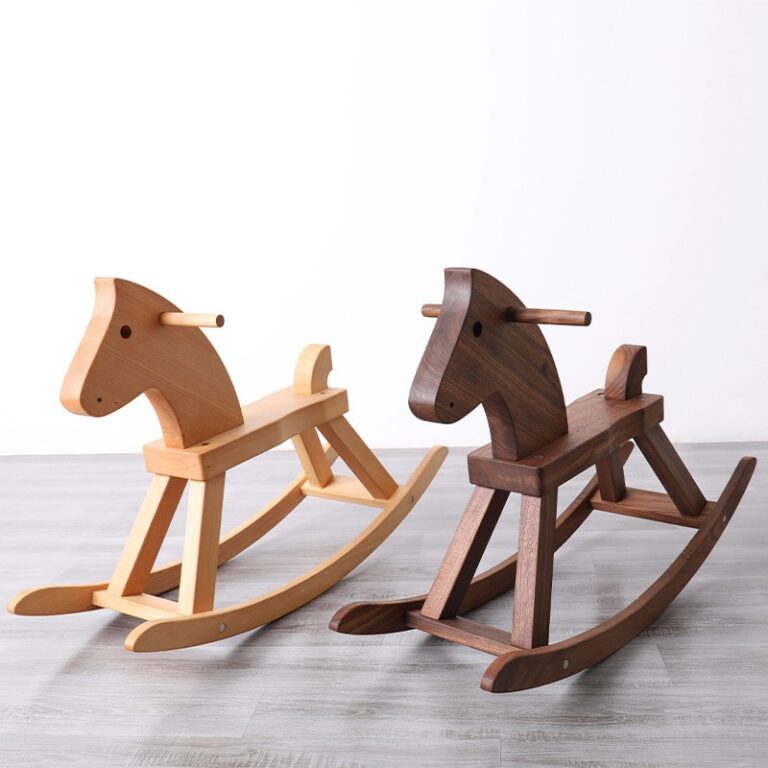jay@nbdho.com
What Colors and Finishes Can Be Customized for Wooden Toys?
Wooden toys are treasured not only for their natural feel and durability but also for their aesthetic appeal, which can be greatly enhanced through colors and finishes. Customizing the colors and finishes of wooden toys allows manufacturers and retailers to create unique products tailored to specific markets or personal preferences. However, when it comes to wooden toys, customization must carefully balance beauty, safety, and durability. Here’s an in-depth look at the colors and finishes that can be customized for wooden toys.
Non-Toxic Paints and Pigments
The most common way to add color to wooden toys is through paints and pigments. Because wooden toys are designed for children, all paints used must be non-toxic, lead-free, and compliant with international toy safety standards like ASTM F963 and EN71. These paints come in a broad spectrum of vibrant or pastel colors, enabling customization from bright primary hues to soft muted tones.
Water-based paints are popular due to their environmental friendliness and ease of application. They provide smooth, even coverage and dry quickly. Manufacturers can use techniques such as airbrushing, hand-painting, or stenciling to achieve different effects and intricate designs. Powder coating, however, is generally not suitable for wooden toys.
Natural and Stained Finishes
For those seeking a more natural or rustic look, wood stains and oils are excellent finishing options. Stains enhance the wood’s grain while adding subtle color variations ranging from light honey tones to deep walnut shades. Unlike paint, stains penetrate the wood rather than forming a surface layer, preserving the natural texture.
Natural oils such as linseed, tung oil, or mineral oil not only add warmth and slight color but also nourish and protect the wood. These finishes are often favored for eco-friendly wooden toys as they maintain the wood’s organic appearance and tactile quality.
Matte, Satin, and Gloss Finishes
The sheen of the finish is another customizable aspect. Matte finishes provide a soft, non-reflective surface that highlights the natural wood grain and color depth. Satin finishes offer a slight shine, balancing elegance and subtlety, while gloss finishes give a bright, reflective surface that can make colors appear more vibrant.
Each finish type has different maintenance needs and wear characteristics. Gloss finishes are easier to clean but can show scratches more prominently, whereas matte finishes hide imperfections but may require more frequent oiling.
Special Effects and Textures
Beyond standard finishes, some wooden toys feature textured coatings or special effects. Chalkboard paint, for instance, allows children to draw directly on the toy surface with chalk, making the toy interactive. Glow-in-the-dark paints can add a magical element to certain designs.
Textured finishes can be created by layering paint or using different sanding techniques to create smooth and rough areas. These finishes enhance sensory experiences, which is beneficial for developmental toys.
Customization for Branding and Personalization
Custom colors and finishes also play a crucial role in branding. Companies can match toy colors to their brand palettes or customize toys with logos and patterns in signature hues. Personalized toys with color-coordinated name engravings or hand-painted details create an exclusive feel that appeals to buyers.
Safety and Durability Considerations
While customization offers great creative freedom, it’s essential to ensure that all colors and finishes maintain toy safety and durability. Non-toxic certifications and rigorous testing for wear resistance, peeling, and fading must be standard. Finishes should also be resistant to chewing and washing, given the typical use of toys.
Conclusion
Customizing colors and finishes for wooden toys opens a wide array of possibilities to create beautiful, safe, and durable products. From vibrant non-toxic paints and natural stains to textured and interactive coatings, manufacturers can tailor toys to meet diverse aesthetic and functional needs while prioritizing child safety.





